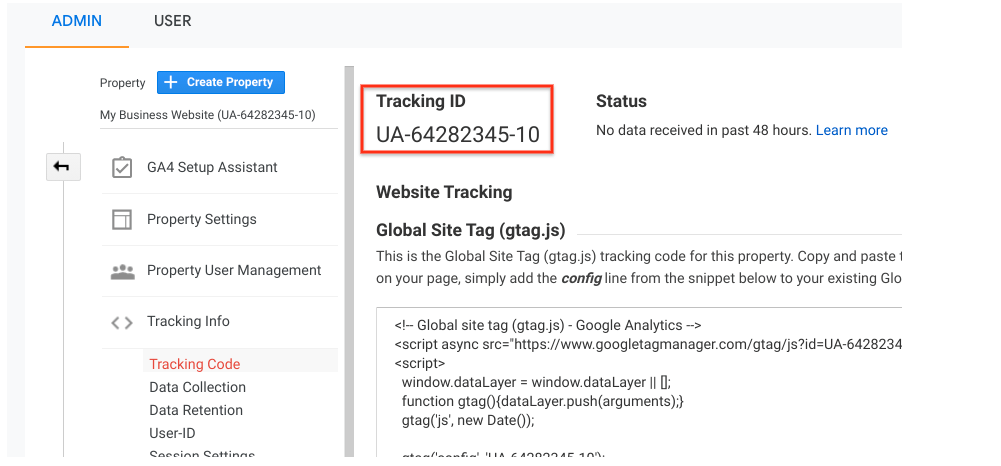Understanding the Rules: What Data Does Google Analytics Prohibit Collecting?
Understanding the Rules: What Data Does Google Analytics Prohibit Collecting?
Blog Article
Grasping the Art of Conquering Data Collection Limitations in Google Analytics for Better Decision-Making
In the realm of digital analytics, the capability to remove meaningful understandings from data is critical for informed decision-making. By utilizing calculated strategies and innovative techniques, organizations can boost their information quality, unlock hidden insights, and pave the means for more reliable and enlightened choices.
Information Top Quality Analysis
Data top quality evaluation involves examining various aspects such as precision, efficiency, consistency, and timeliness of the information. One essential facet to think about is data accuracy, which refers to just how well the data mirrors the true worths of the metrics being gauged.
Efficiency of data is one more essential variable in analyzing information quality. It involves ensuring that all essential data factors are collected and that there are no voids in the info. Insufficient data can skew evaluation results and impede the ability to obtain an extensive sight of user actions or website efficiency. Uniformity checks are also crucial in information top quality analysis to identify any kind of discrepancies or anomalies within the data collection. Timeliness is similarly important, as obsolete data may no much longer be pertinent for decision-making processes. By focusing on data top quality analysis in Google Analytics, businesses can improve the dependability of their analytics records and make even more enlightened decisions based upon accurate insights.
Advanced Tracking Strategies
Making use of innovative monitoring techniques in Google Analytics can dramatically boost the depth and granularity of data collected for more extensive analysis and insights. One such strategy is occasion tracking, which enables the monitoring of details communications on a web site, like clicks on buttons, downloads of documents, or video sights. By executing event monitoring, organizations can get a deeper understanding of customer actions and engagement with their on the internet material.
Additionally, personalized measurements and metrics offer a method to customize Google Analytics to specific service demands. Personalized dimensions permit the production of new data points, such as user duties or client segments, while personalized metrics enable the monitoring of one-of-a-kind efficiency indicators, like earnings per user or ordinary order value.
In addition, the application of Google Tag Supervisor can streamline the execution of tracking codes and tags throughout a site, making it much easier to handle and release innovative monitoring configurations. By harnessing these sophisticated monitoring methods, organizations can open valuable insights and maximize their online methods for much better decision-making.
Custom Dimension Execution
To boost the depth of information accumulated in Google Analytics beyond sophisticated monitoring strategies like event tracking, companies can implement customized measurements for even more customized understandings. Custom dimensions enable services to specify and accumulate find more info details data points that pertain to their distinct objectives and purposes (What Data Does Google Analytics Prohibit Collecting?). By appointing custom dimensions to different aspects on a web site, such as customer communications, demographics, or session information, organizations can gain a more granular understanding of exactly how customers involve with their on-line homes

Acknowledgment Modeling Techniques
Efficient attribution modeling is vital for understanding the impact of numerous advertising networks on conversion courses. By utilizing the image source best acknowledgment version, businesses can properly associate conversions to the suitable touchpoints along the customer journey. One typical attribution version is the Last Communication version, which gives debt for a conversion to the last touchpoint an individual communicated with prior to transforming. While this version is simple and simple to apply, it usually oversimplifies the client trip, overlooking the impact of other touchpoints that added to the conversion.

Information Tasting Avoidance
When dealing with big volumes of information in Google Analytics, conquering information sampling is essential to make certain accurate understandings are obtained for informed decision-making. Information sampling takes place when Google Analytics approximates patterns in information instead than assessing the full dataset, potentially leading to skewed results. By taking these positive steps to reduce information tasting, services can extract more accurate insights from Google Analytics, leading to much better decision-making and boosted general efficiency.
Conclusion
In verdict, understanding the art of getting rid of information collection restrictions in Google Analytics is essential for making informed decisions. By conducting an extensive information high quality evaluation, carrying out advanced monitoring methods, making use of custom-made dimensions, using acknowledgment modeling strategies, and staying clear of information sampling, businesses can make certain that they have dependable and precise data to base their choices on. This will ultimately cause more effective approaches and much better end results for the company.

Report this page